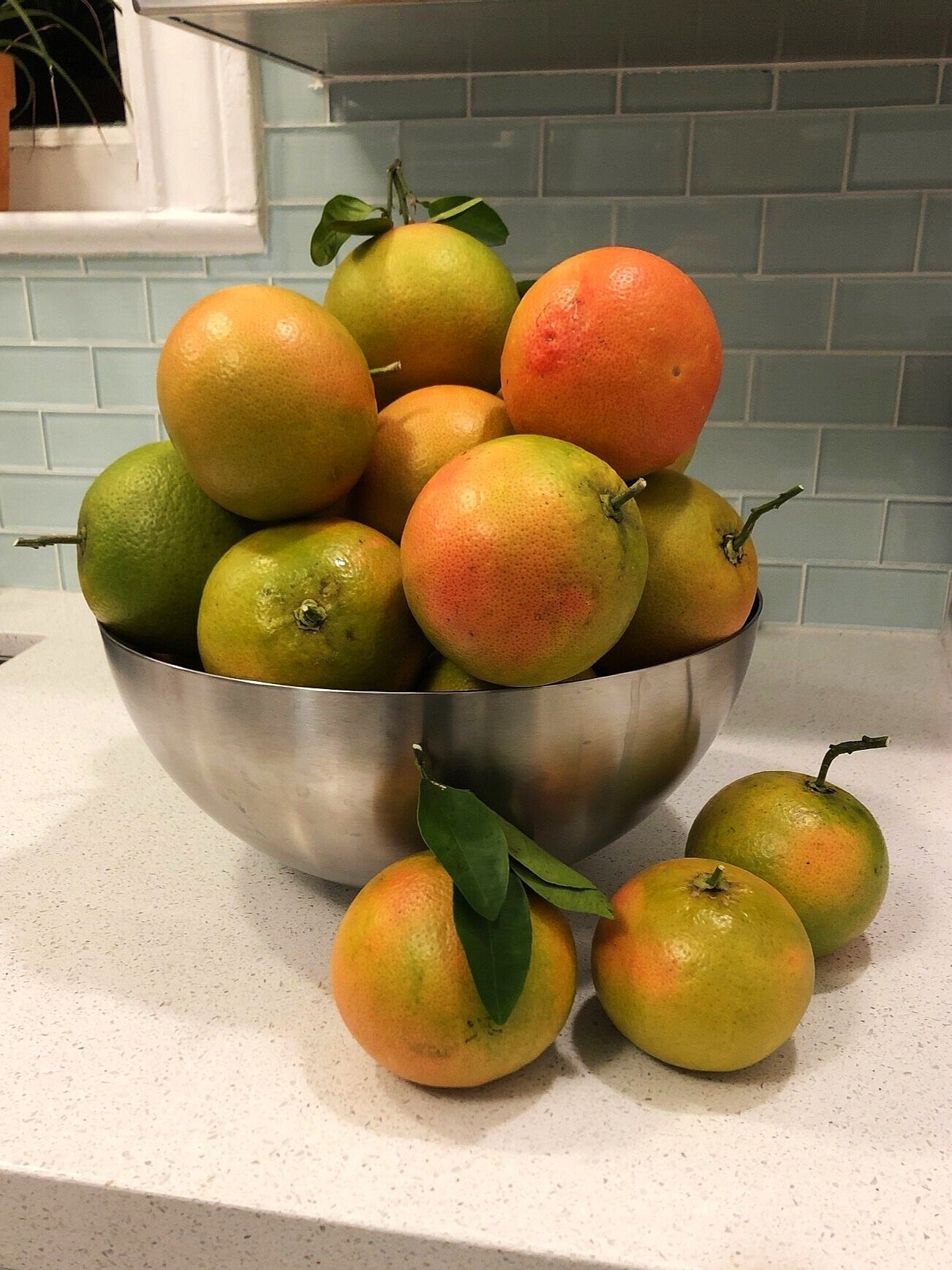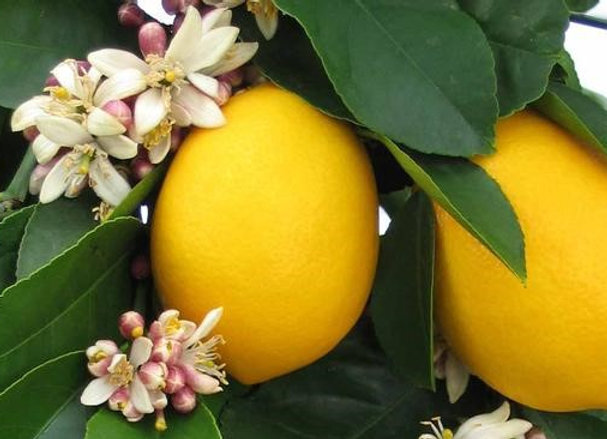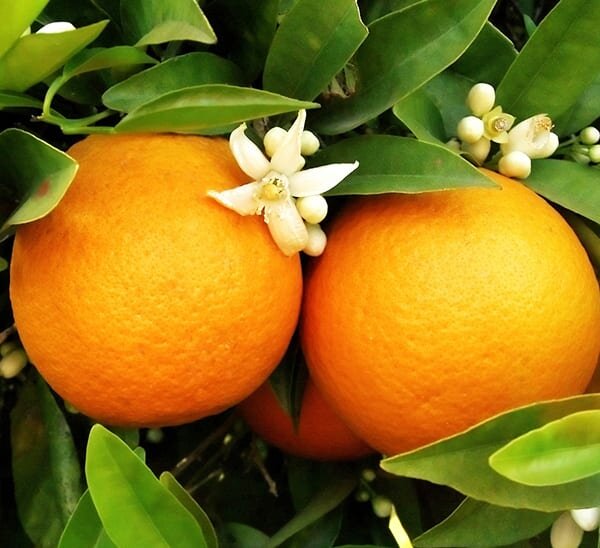Citrus Greetings
Tree Stories -- Citrus Greetings!
It’s citrus time again on the Island! All around town small trees and bushes are decorated with glossy green leaves and decorative globes. You will see huge yellow grapefruit, big green-to-yellow Meyer lemons, green limes, multitudes of small orange kumquats, satsumas, tangerines, and more.
Times have changed our perceptions of citrus fruits, which in the past were symbols of status or wealth. My mother grew up in the early years of the last century in a family of modest means, when receiving one orange in her Christmas stocking was a special event. Modern refrigeration and shipping have made traditional varieties available all year round. International commerce introduced us to varieties that cannot thrive in this country and there are scores of selections available. The orange has become the most commonly grown tree fruit in the world.
Galveston’s usually-mild climate allows home gardeners to take advantage of the wonders of growing our own harvest. Citrus trees are frost-sensitive and prefer a sunny, humid environment with adequate moisture. They are not usually large enough to provide shade but they do provide year-round beauty, and aromatic leaves, in addition to tasty fruit. At winter holiday time most of them are attractively adorned with their bounty. Smaller fruit, such as limes or lemons, can produce multiple crops per year and you may see flowers and fruit on a tree at the same time. Flowering and ripening times vary by variety and fruit ripens fully only on the tree. Color is not a good indicator of ripeness; tasting is the best indicator.
By-products of citrus are important in human health management, food preservation, cleaning products, and more. Bird lovers will be interested in research indicating that several birds use compounds in citrus peels during grooming to repel lice and other parasites. Their pecking causes black specks on the fruit (mostly on the top and outside of the tree) but does not damage the fruit itself. The Giant Swallowtail butterfly uses citrus as a host plant for caterpillars. If you see something on a branch that looks like a large bird dropping, leave it there and later you may spot a beautiful butterfly.
Like all plants, Citrus trees are susceptible to insects and disease, most of them manageable with readily available products. However, of major concern is citrus greening, a serious and fatal bacterial infection which is a threat worldwide. Research is underway regarding prevention, treatment, and development of resistant varieties.
Citrus trees are an excellent addition to a home garden and can be grown in a small area or even in containers. Seeds from commercial fruit are unlikely to provide the plant you want. Seek your plants from a commercial nursery that will offer desired fruiting cultivars grafted onto hardy, disease resistant rootstock.
Remember that Galveston County Master Gardeners offer a free publication Ambrosia from your Backyard, http://aggie-horticulture.tamu.edu/galveston/publications/Our_MG_Publications.htm.
Do be aware that you may have bumper crops of fruit, and your friends may ask for your extras. Merry citrus to all!
“Tree Stories” is an ongoing series of articles about outstanding Island trees, tree care, and tree issues. Margaret Canavan is a Galveston resident, a Galveston County Master Gardener, and a member of the Galveston Island Tree Conservancy Board.
Hurricane Ike caused the loss of 40,000 trees on Galveston Island. The Galveston Island Tree Conservancy was formed to address that loss and has replaced over 20,000 through grant-funded plantings and giveaways.




